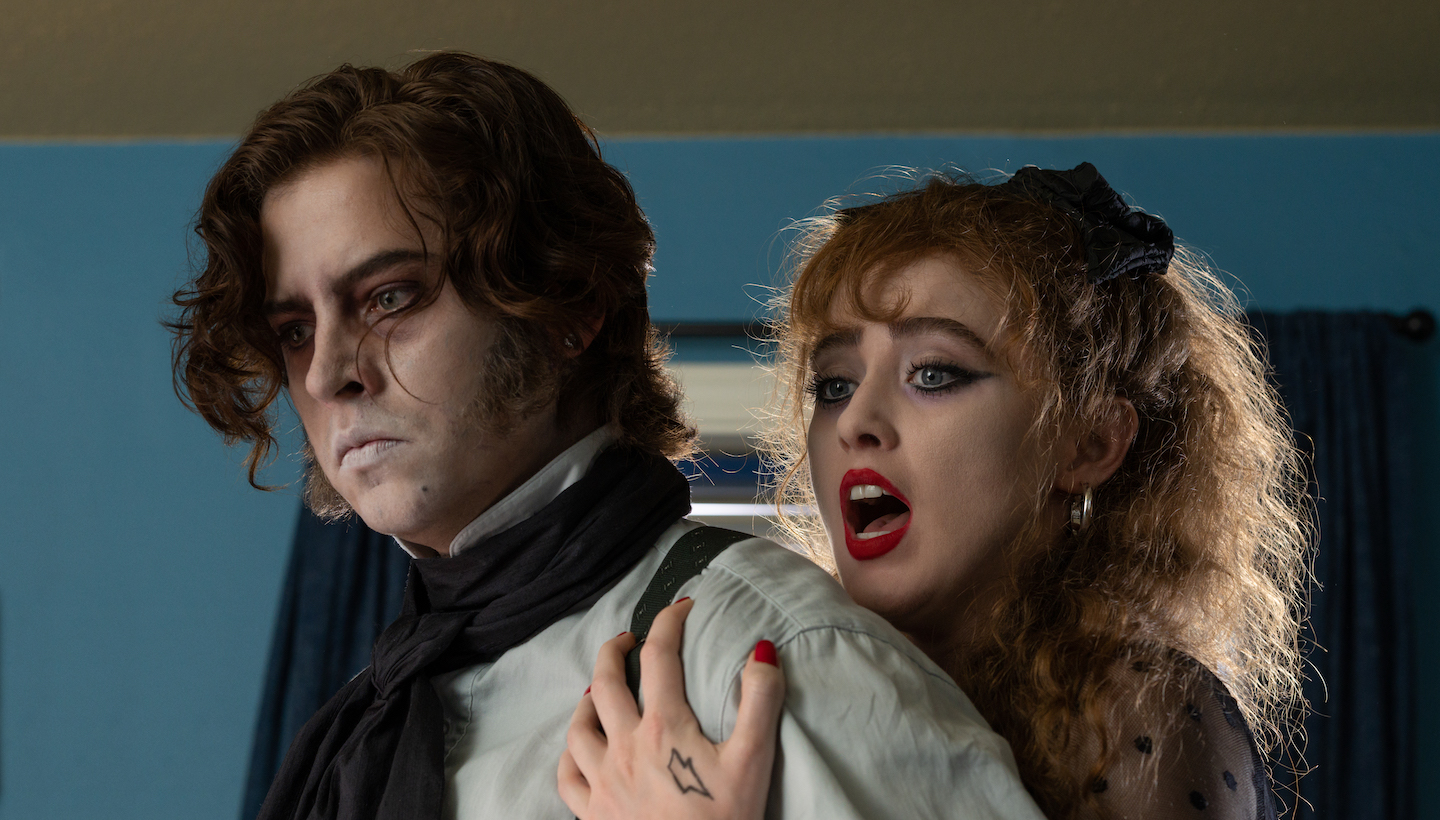
The ’80s. A teenage crush. High school drama. And, of course, a corpse. Maybe not what you’d expect for a traditional coming-of-age tale, but all elements that make the new movie Lisa Frankenstein come alive in a fun, twisted way. The film, written by Diablo Cody and directed by Zelda Williams, follows the story of Lisa (Kathryn Newton) as she falls in love with The Creature (Cole Sprouse), a dead body brought back to life in a freak accident.
Much went into the movie’s development and creation, and music was a big source of inspiration. It enhanced Diablo’s creative writing process, and Zelda said that listening to her ’80s favorites put her in the right mindset. To help listeners cultivate the perfect mood, the two created a Spotify playlist that highlights some of their favorite tracks during this period.
For the Record sat down with Diablo and Zelda to dig deeper into their vision and how music created the perfect vibe for bringing the characters to life, or, back from the dead.
Diablo, what made you interested in reimagining Frankenstein?
There’s just something about that Frankenstein mythos that is so irresistible—and it’s not just me. So many filmmakers have gone back to that well, and I think just the idea of doing a Frankenstein story from a female perspective and as this madcap rom-com, it was just something that I hadn’t really seen before, so I thought, “Why not?”
Zelda, what attracted you to the script?
Even as an actor, I very rarely was given comedy scripts, let alone things for young women, that reminded me of the movies that I grew up loving. And so getting to read something that reminded me of a female version of Weird Science or Encino Man or Beetlejuice was just genuinely a joyful thing.
What three words would you use to describe the vibe of Lisa Frankenstein?

Zelda Williams and Diablo Cody on the set of Lisa Frankenstein. Photo Credit: Mason Novick
Diablo: Nostalgic, romantic, and goth.
Zelda: A little violent, wacky, and very fun.
How did you approach picking music for the soundtrack?
Diablo: Well, the movie takes place in 1989, so a lot of it was directly pulled from that late-’80s pop goth vibe of the era. And there were certain songs that I think are just so perfect, like the Pixies’ “Wave Of Mutilation” and Galaxie 500’s “Strange,” which appears in the movie a couple of times. They both have a mystique to them that really suits the narrative. Music and filmmaking are both so emotional, so you just try to kind of capture a vibe [with the two].
Zelda: I was lucky because in the script, there were already songs in there. So even when there were songs we couldn’t end up using, it became its own playlist that was a great jumping-off point for me to deep dive into various artists and find like-minded songs that we did use. “Up the Down Escalator” by The Chameleons was a song I’d always really liked, but to have been able to place it in the movie was really fun. And I didn’t originally intend to use REO Speedwagon in the soundtrack either. That ended up being a place that we found our way to. So it was really great. That exploration was an adventure in and of itself after we finished filming.
If you could pick anthems for the main characters, Lisa and The Creature, what would they be?

Photo Credit: Michele K. Short / © 2024 FOCUS FEATURES LLC
Diablo: I think The Creature is a romantic, so I’m going to give him REO Speedwagon’s “Can’t Fight This Feeling,” which memorably plays in the movie in a scene beautifully directed by Zelda. And Lisa is a person who is very quiet but has the stirrings of rage inside of her. So I’m going to give her “Bela Lugosi’s Dead” by Bauhaus. Just that ominous rumble.
Zelda: I’m torn between two songs that are more representative of them as a couple. I’m one of the biggest Prince fans ever, so “I Would Die 4 U” feels like a very fitting song for the two of them. I put it on my playlist. And then I really love the Fine Young Cannibals and I think “She Drives Me Crazy” is a really funny one for the two of them too.
You both selected songs for a new Spotify playlist. What was your approach?
Diablo: Well, for me, the songs that I chose were music that I listened to while I was writing. So I got really specific with it in terms of it being a direct reflection of my creative process. There’s industrial stuff on there, there’s Ministry, there’s B.F.G., there’s The Stone Roses’ “I Wanna Be Adored.” I love that song. And to me, that really captures the feeling of the time. So yeah, it was that kind of stuff that put me in the mood to write this movie.
Zelda: I wanted to stay pretty era-specific at the same time. And for me, the biggest test of any playlist is if I could play it without skips while cooking a long meal. So I tested this one out while cooking curry the other day. And I was a ska kid, believe it or not, so I leaned more into kind of goofy, upbeat. I love a lot of wacky instrumentation, so that’s why stuff like the Fun Boy Three is on mine. I added When In Rome, who we managed to get on our soundtrack, too, which I love. And then it has a little bit of my favorites from Whitney Houston and Chaka Khan because I could listen to them all day, every day. But era-specific cooking night is where I went with the vibe.
What are some of your favorite soundtracks of all time?
Diablo: Sofia Coppola crushes it every time. Lost in Translation and Marie Antoinette. Those soundtracks are immaculate. And then of course I would be remiss if I didn’t bring up Pulp Fiction because I know I beat that soundtrack to death in the ’90s. So that one’s a classic.
Zelda: Pretty in Pink is one of my favorites. And The Lost Boys album is wonderful, like so much of a mood. And then this one might come out of left field, but Curtis Mayfield’s Superfly is genuinely a no-skip album.
What did you enjoy about making this playlist?
Zelda: Obviously, a playlist and music is incredibly important to cinema, but I love that music actually has a life of its own, as well, separate from a movie. That’s one of the lovely things about it: They’re not necessarily always attached to one another. So if nothing else, if people find their way to this music before or even without finding their way to the movie, I think that’s a really beautiful testament to the fact that these things can exist with their own blood flow and their own organs—to be back in the zombie world. They have their own life and I think that’s really beautiful. To be getting to make a Spotify playlist when we made a movie is really wild.
Channel the vision of Diablo and Zelda by tuning into their playlist.
Watch the trailer for Lisa Frankenstein and catch the movie in local theaters.
Main Photo Credit: Michele K. Short / © 2024 FOCUS FEATURES LLC




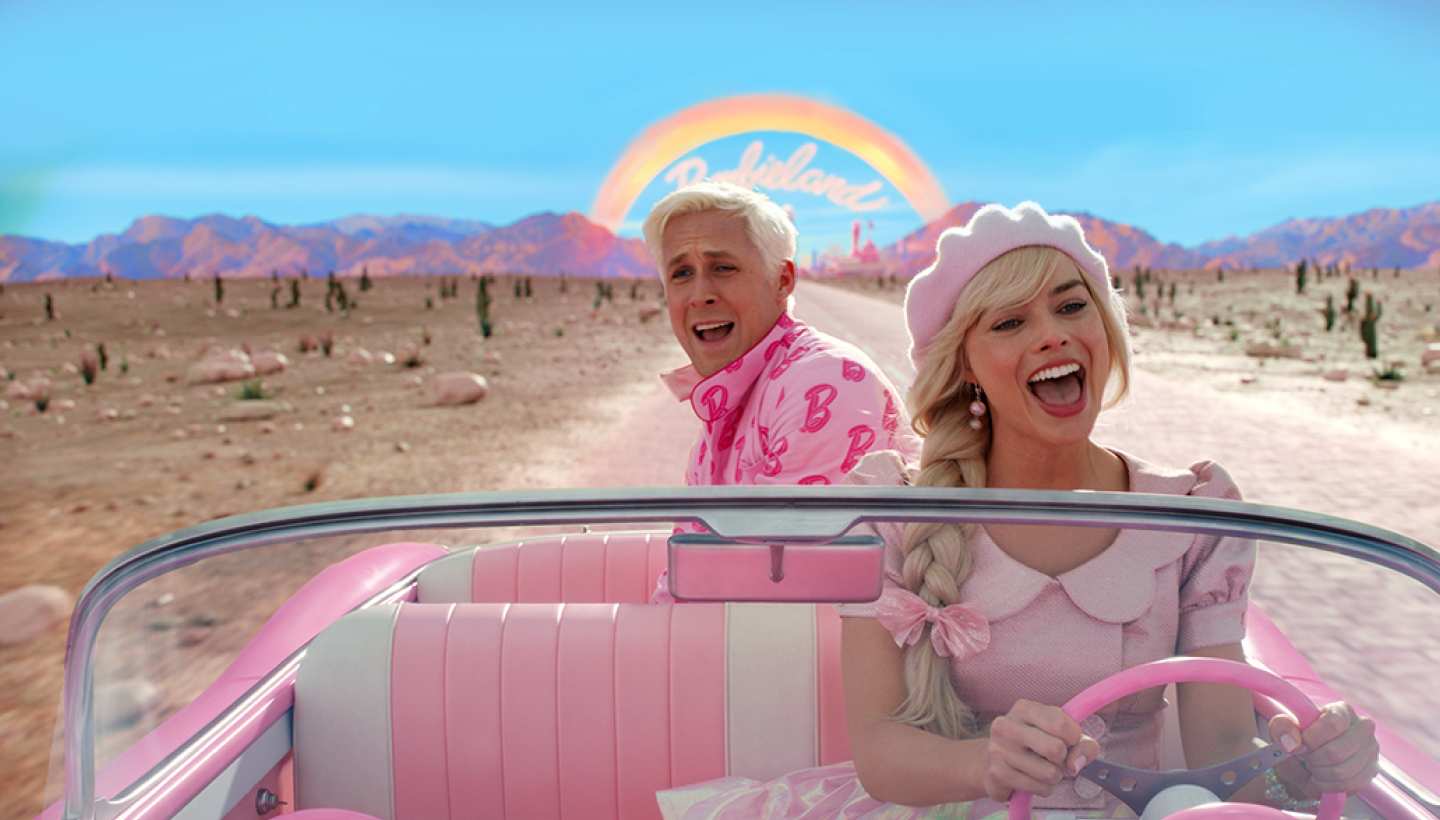
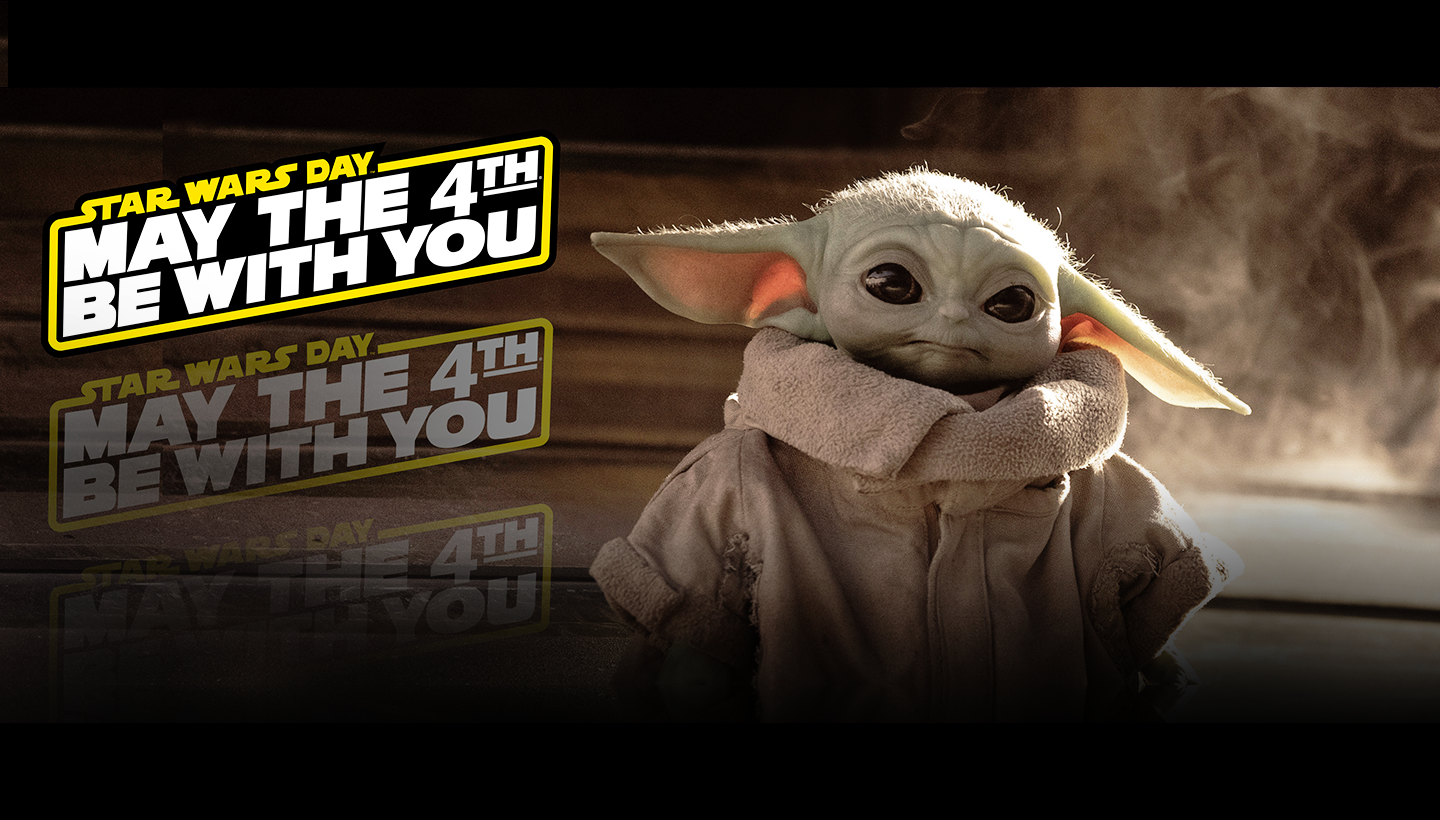
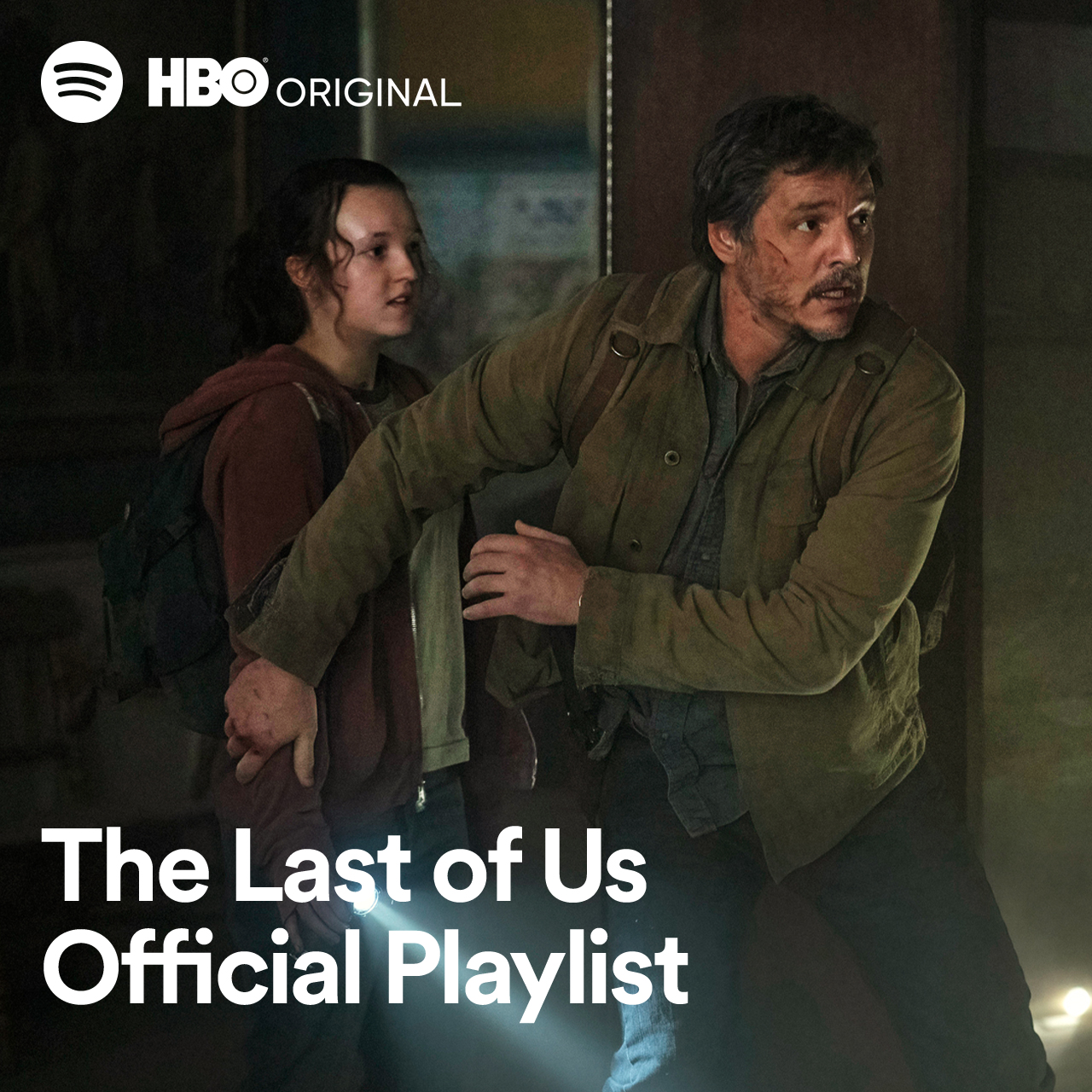
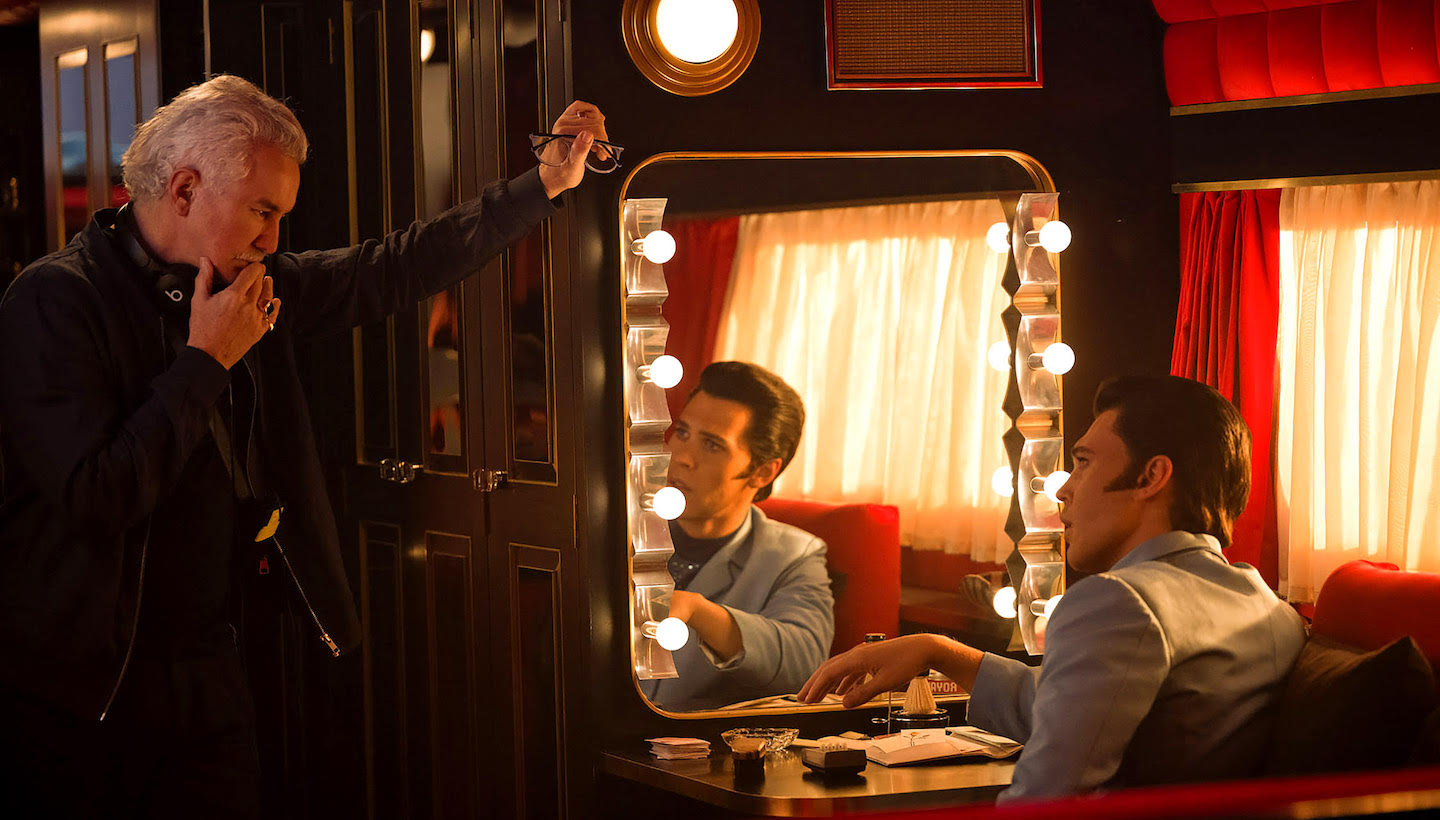
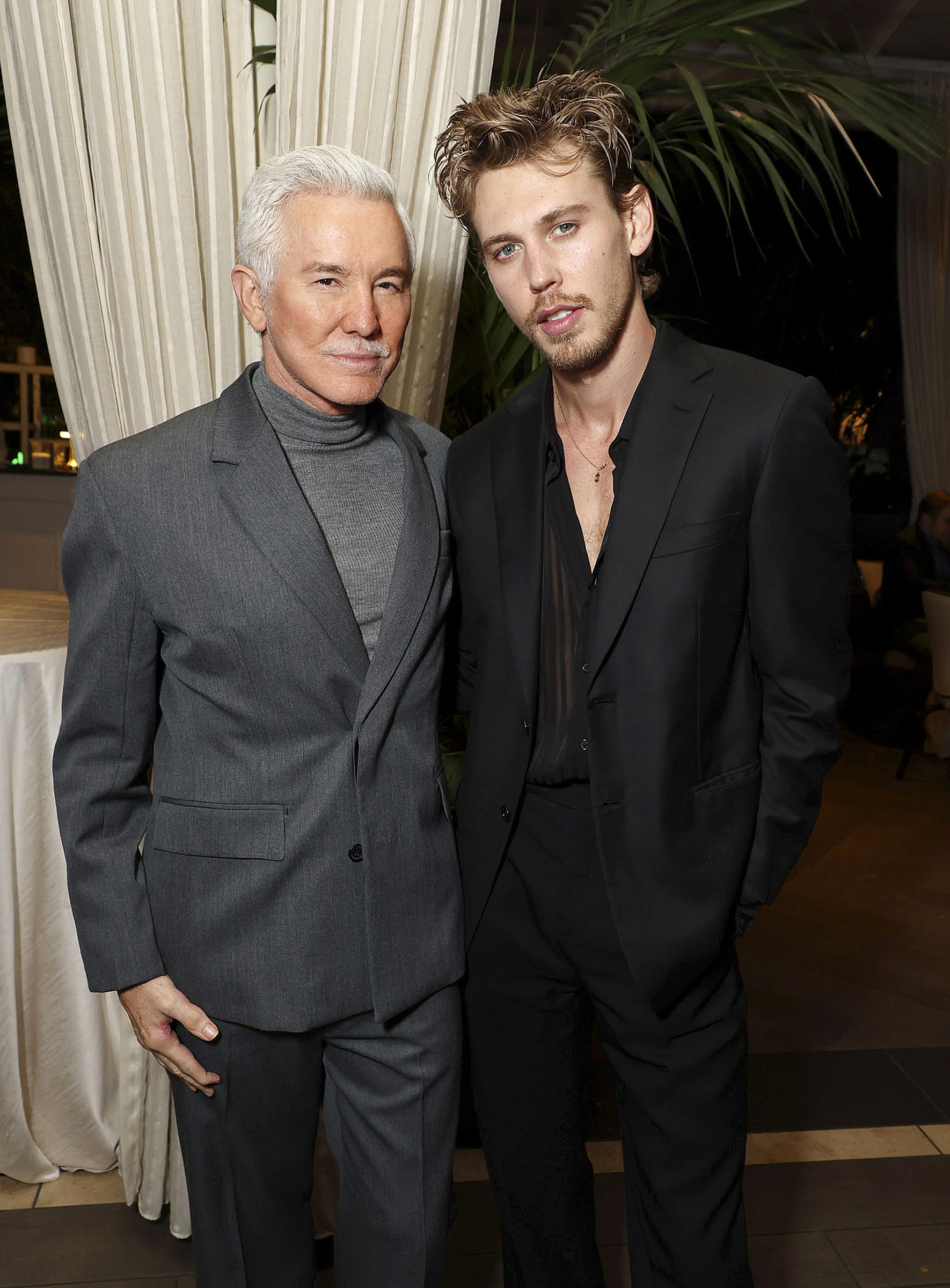
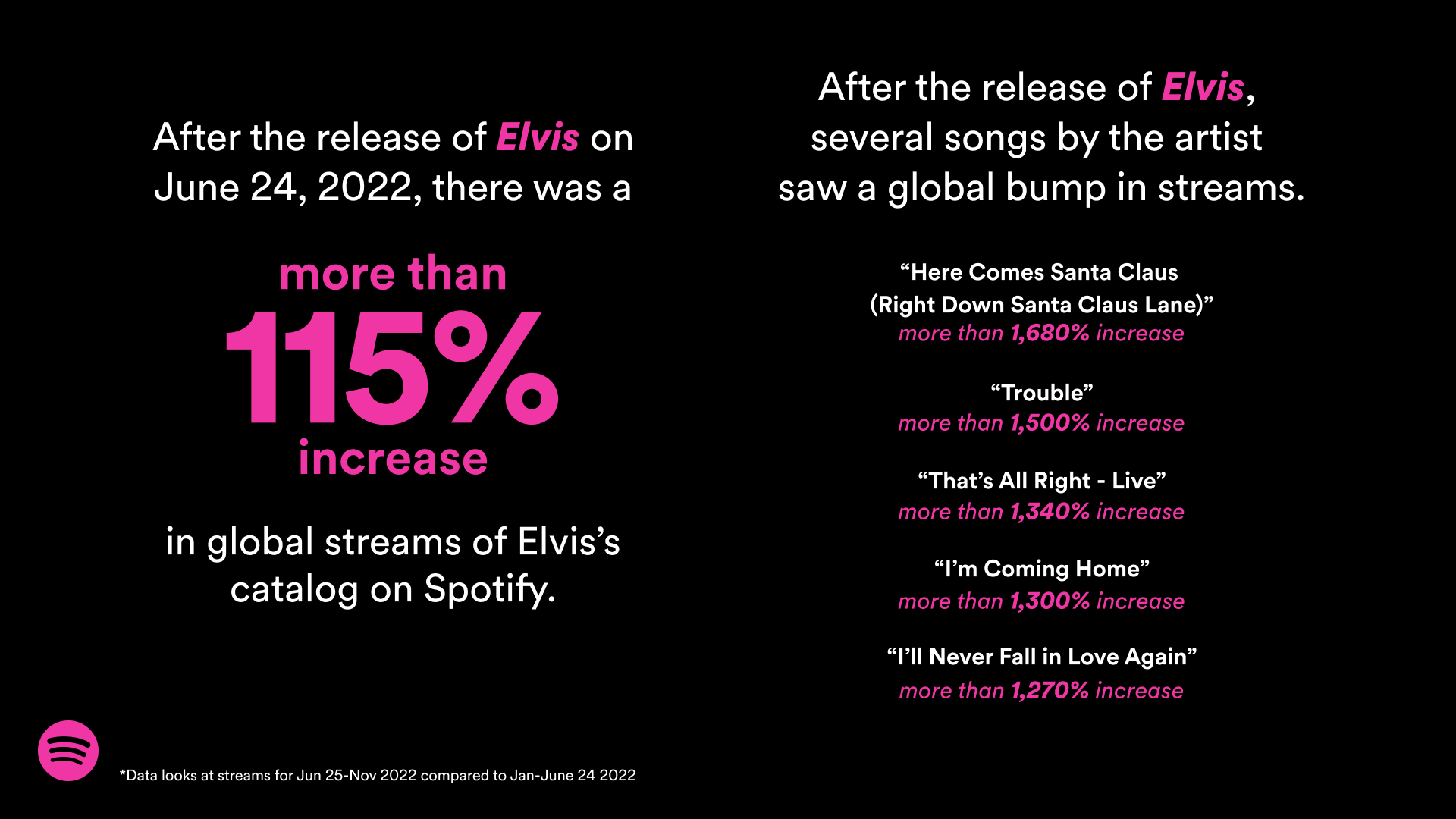
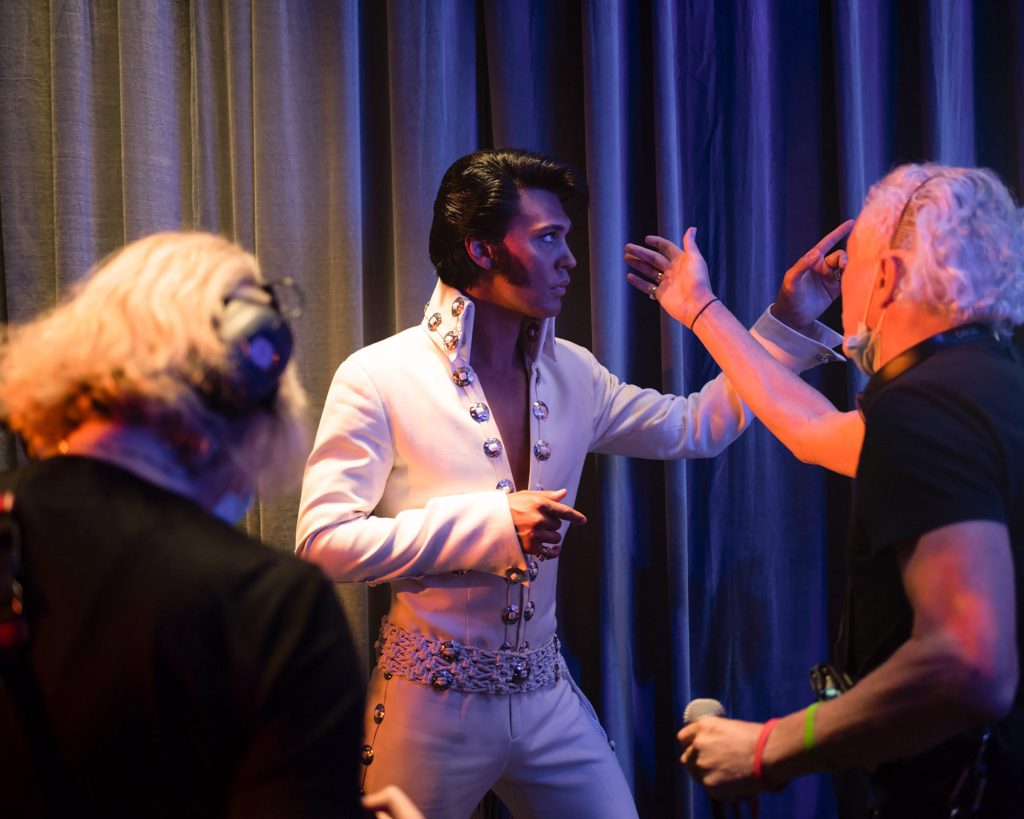
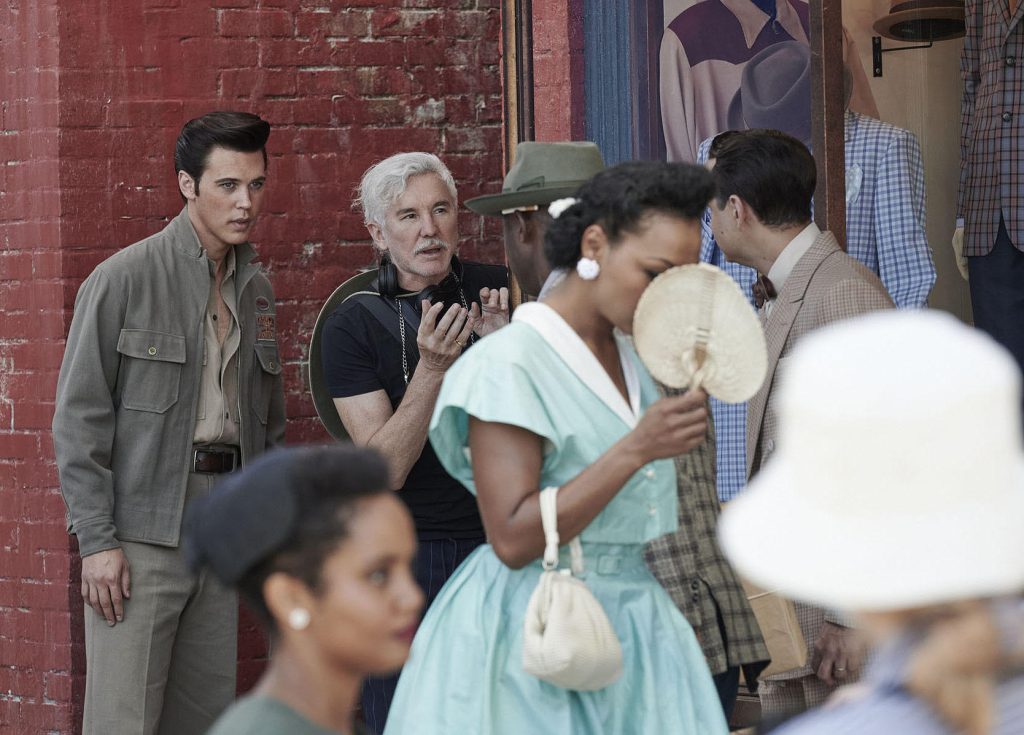
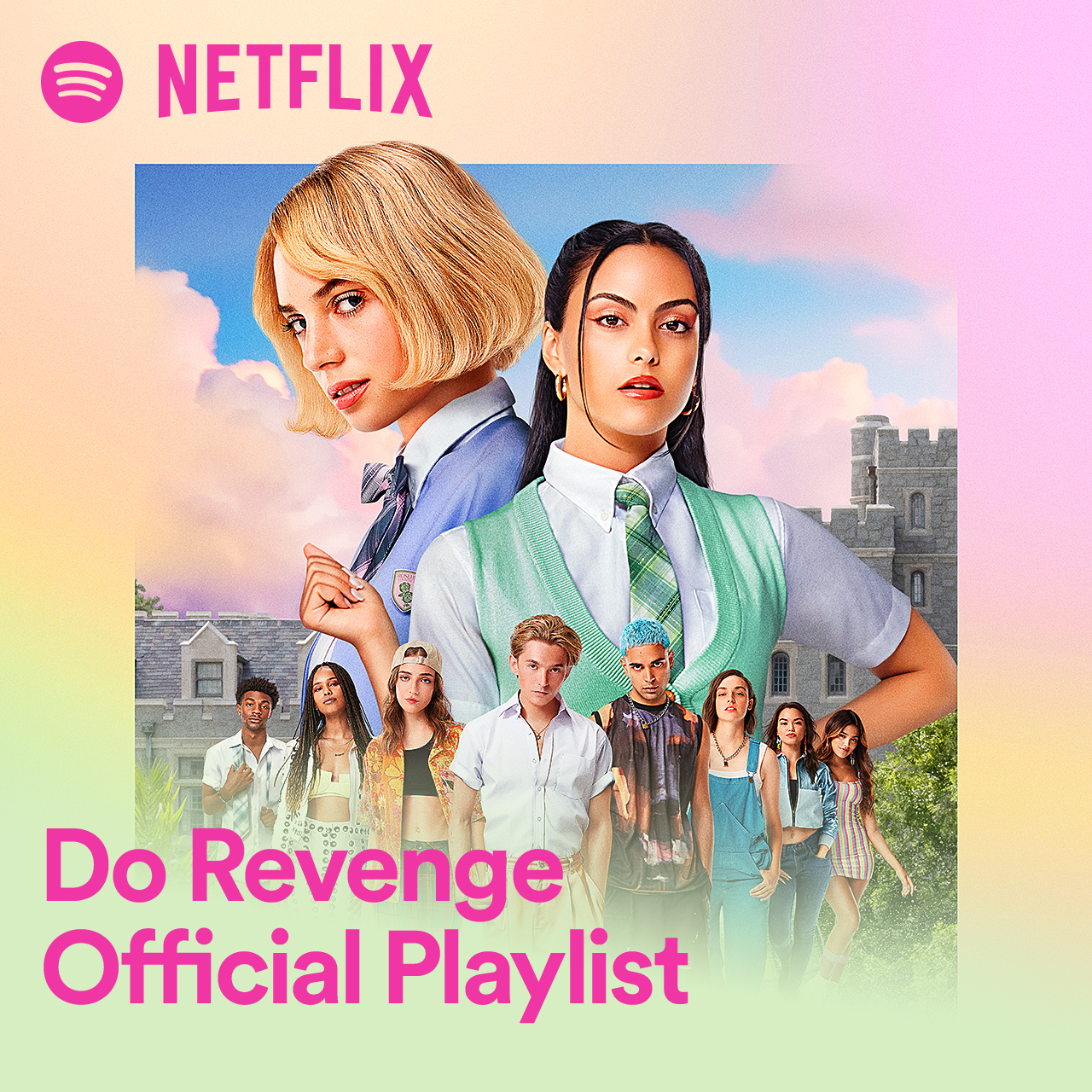

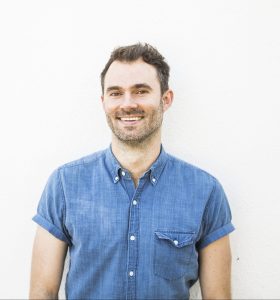
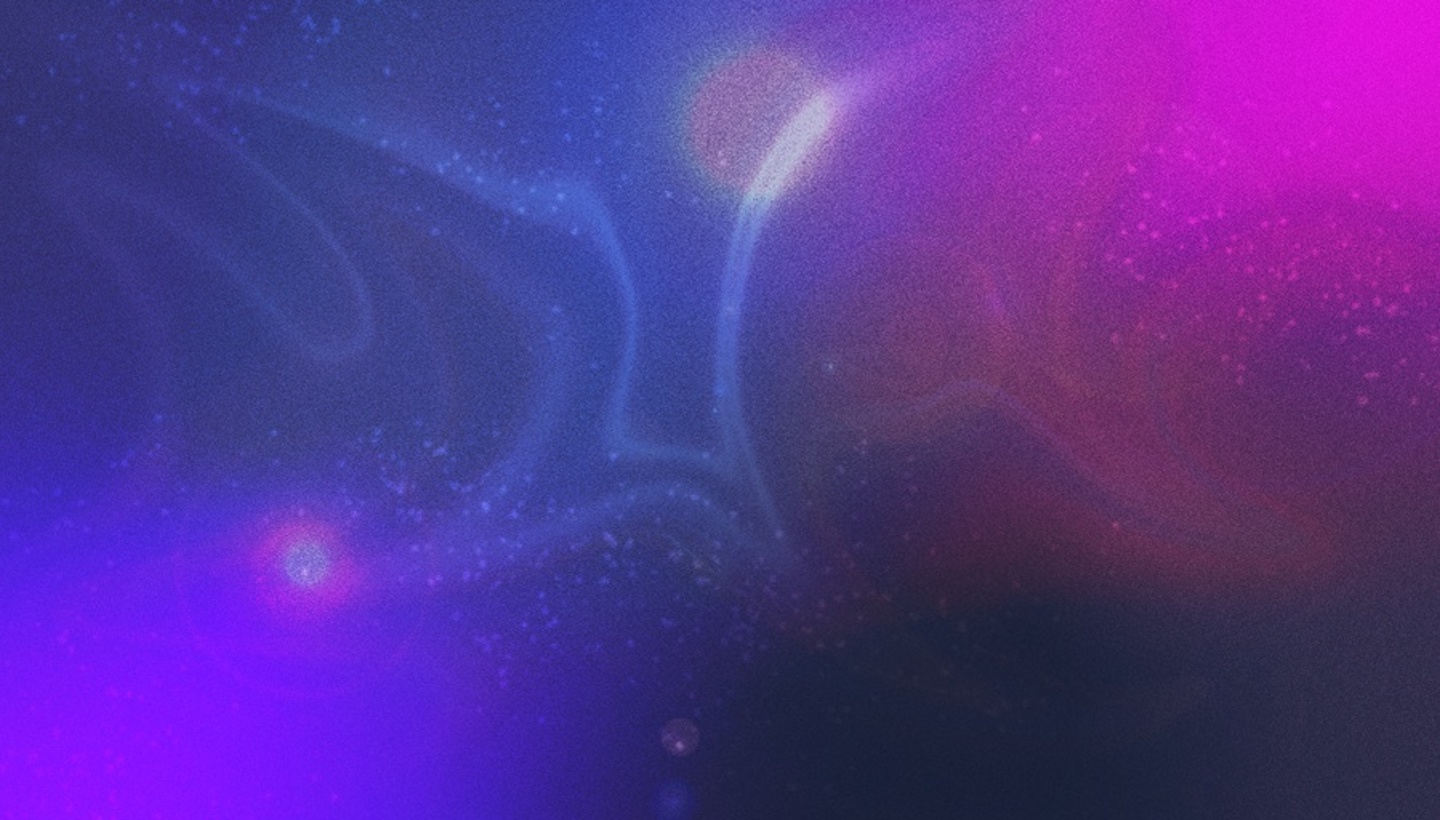
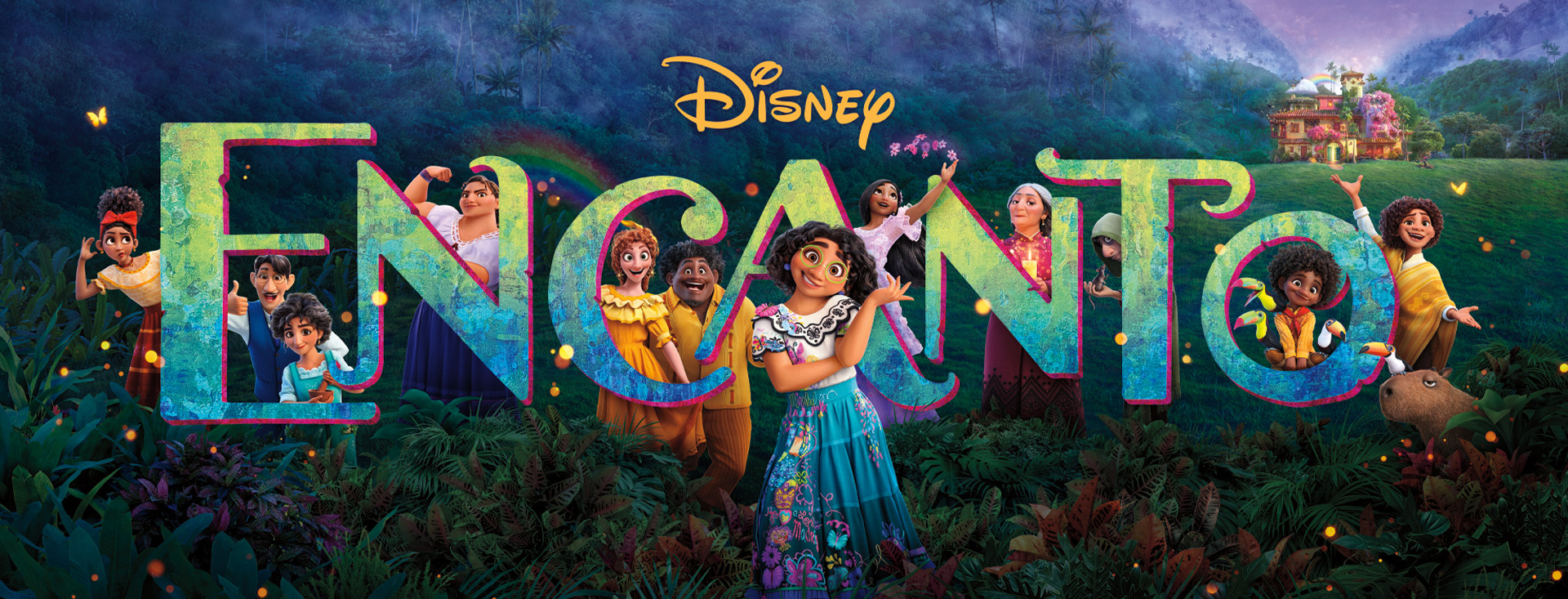
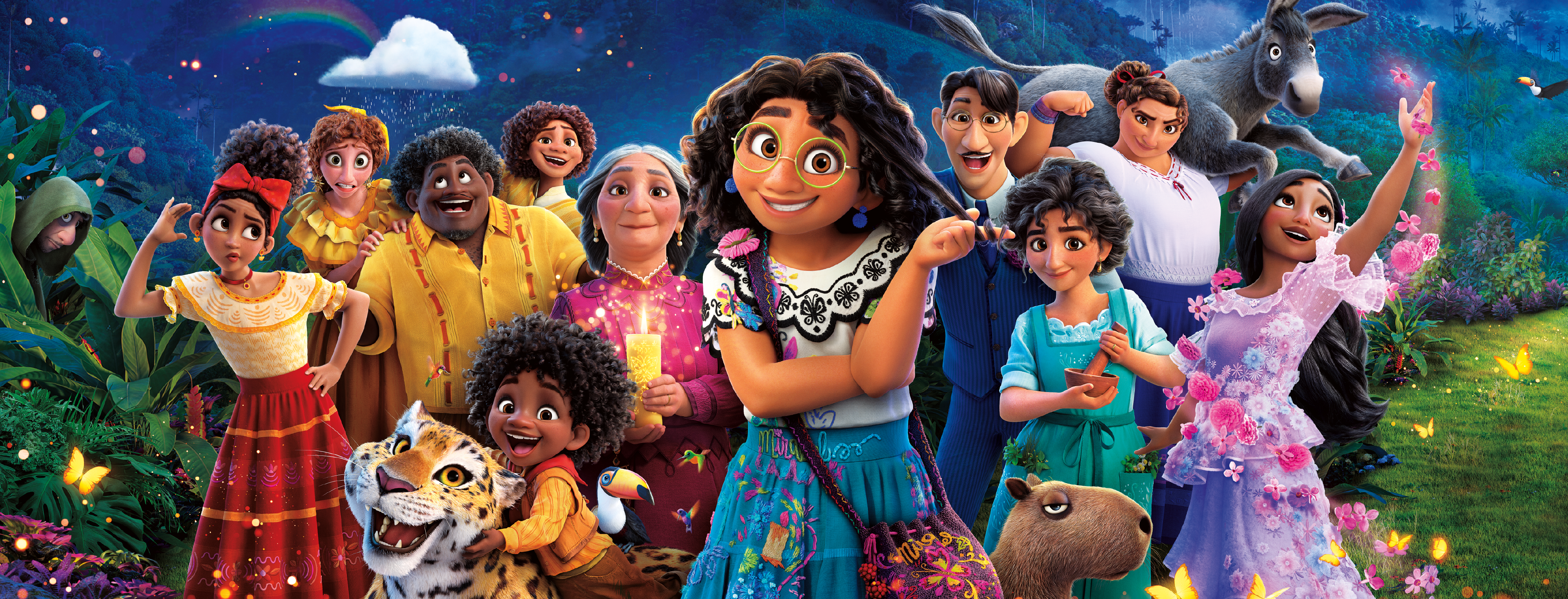
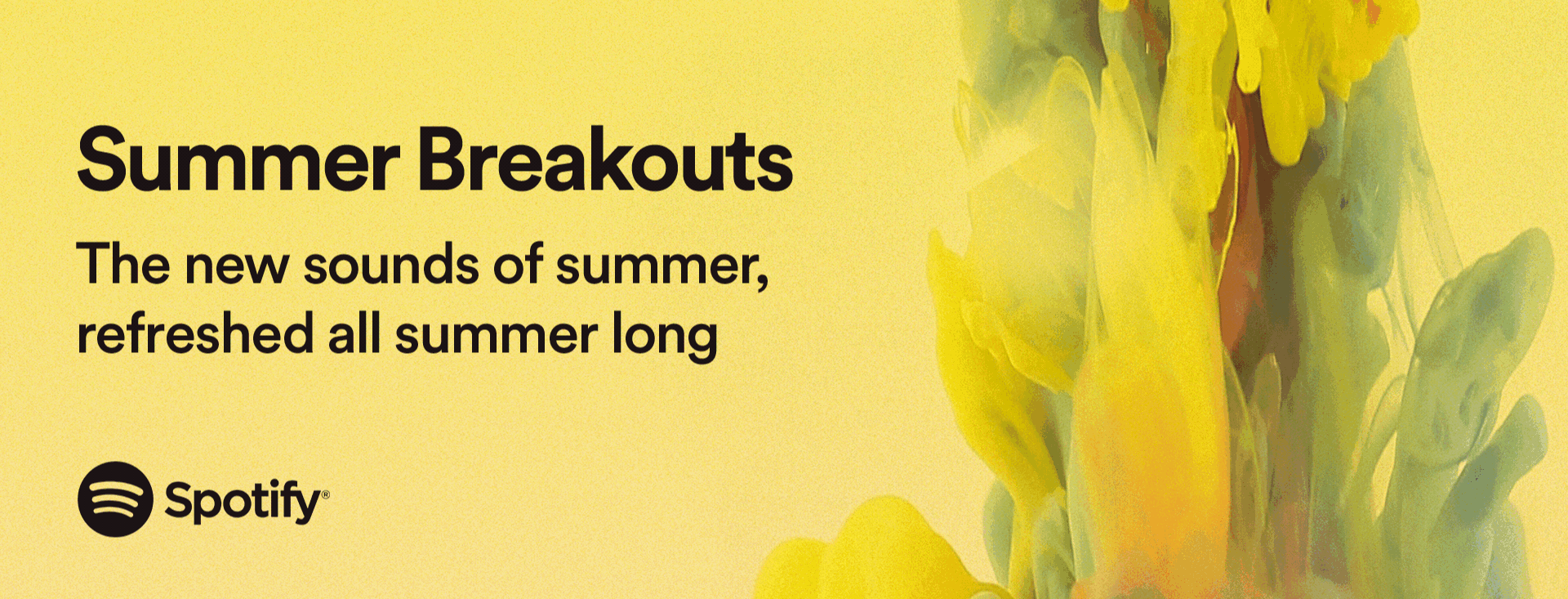
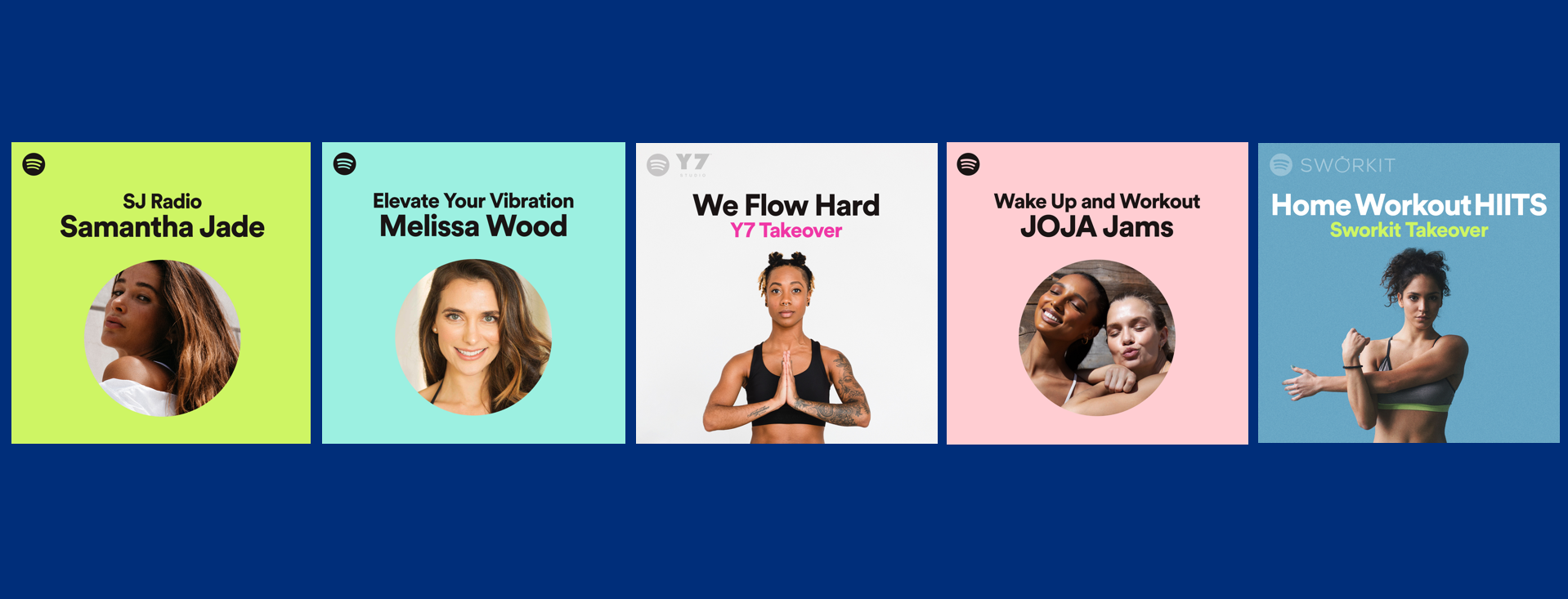
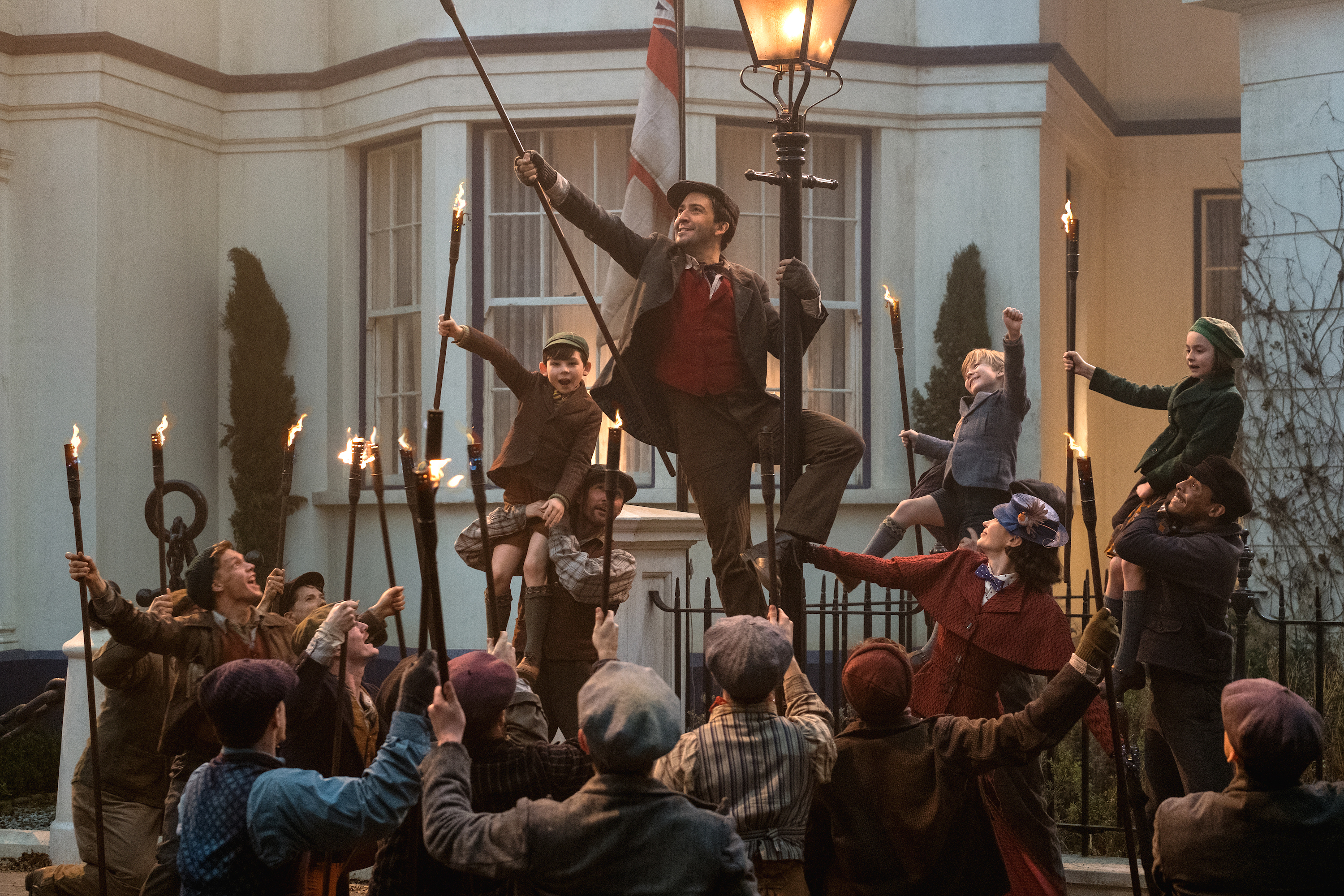
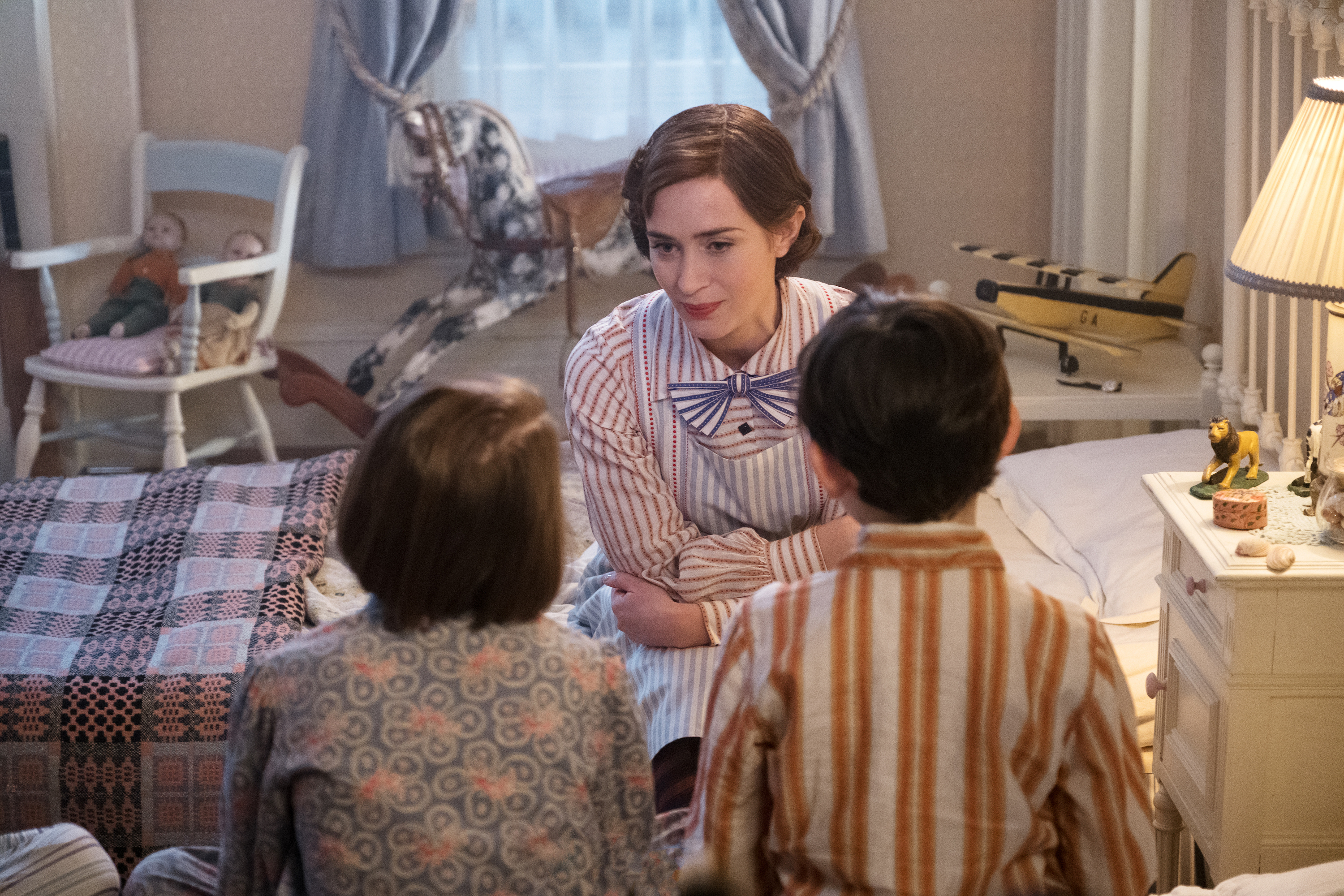
Recent Comments